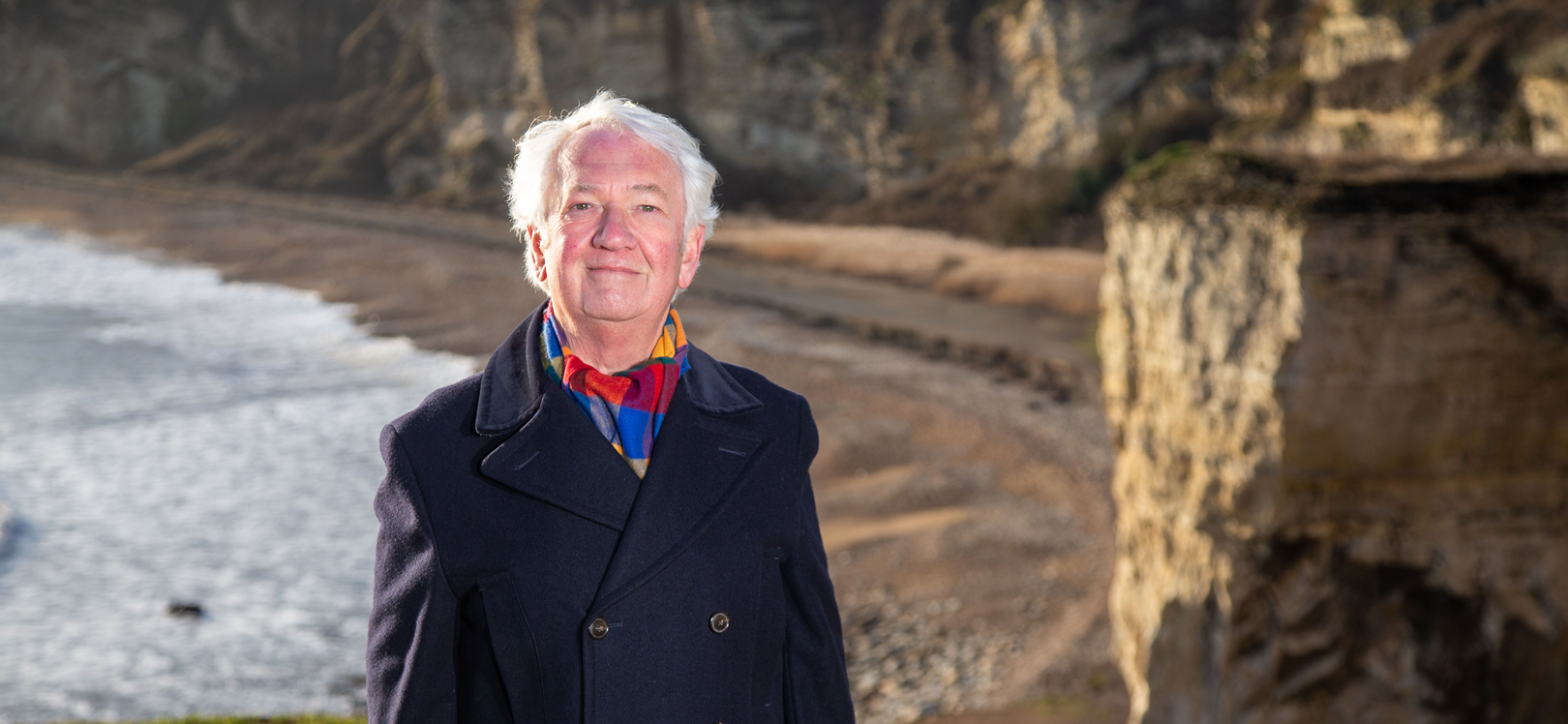Blog
Helping to turn a vision into a reality
Ahead of his retirement in June, Ivor Stolliday reflects on his time as Chair of Visit County Durham.
It has been a long time, more than 14 years I believe, since I applied to be Chair of what was at that time one of the four tourism agencies, which were funded by the then North East Development Agency, One North East (ONE).
So much has changed since then. ONE, along with the other Regional Development Agencies was closed. Visit County Durham, unlike many other tourism bodies, survived the closure of its parent regional agency, and was given a safe berth within Durham County Council. Keeping it alive then was in itself an early significant success. However, and more importantly, the area we serve, Durham, feels, looks, indeed really is, a very different place.
I had applied to chair Visit County Durham for reasons which I remember well and which, frankly, have sustained my efforts ever since. I have lived in the county, having made my home here with my wife Deborah Jenkins, for almost thirty years. We have lived in the same house in Barnard Castle since then. For various reasons we were both drawn here not born here. We have no intention of leaving.
When I moved here, all those years ago, it was, for me at least, impossible to avoid the sense of loss that haunted the county. The aftermath of the miners’ strike, the loss of much industry and the consequent social damage had created an unmistakable narrative of loss. It was a place where things used to be; where the past was better than any imaginable future.
And yet, when I came to know the county, I saw something that did not match that narrative of decline. There was, and is, glorious unspoilt countryside. I saw historic and beautiful towns and villages, major heritage sites and little sign of the industrial dereliction that had already been largely cleared away. There were truly friendly and welcoming people everywhere I went. There were growing attractions and hidden treasures. I could see part of an alternative future, and one that would bring not only increased jobs and prosperity but enable the residents to perceive their home county rather differently, with greater pride and sense of wellbeing.
There have been too many achievements and landmarks on the way to list, but I think the main achievement of Visit County Durham and its many partners over that period has been to make that vision real, with a growing visitor economy, 11,000 jobs, and a tangible sense of increased pride and confidence. We count the visitors now in millions, and the county is cementing its place on the visitor map.
The recognition of Visit County Durham, by government and national agencies, and its growing role and stature, reflects this work and change. But it is the change on the ground, with and for the people of the county, which gives me the greatest satisfaction as I retire from this role. I think the future is set fair.

